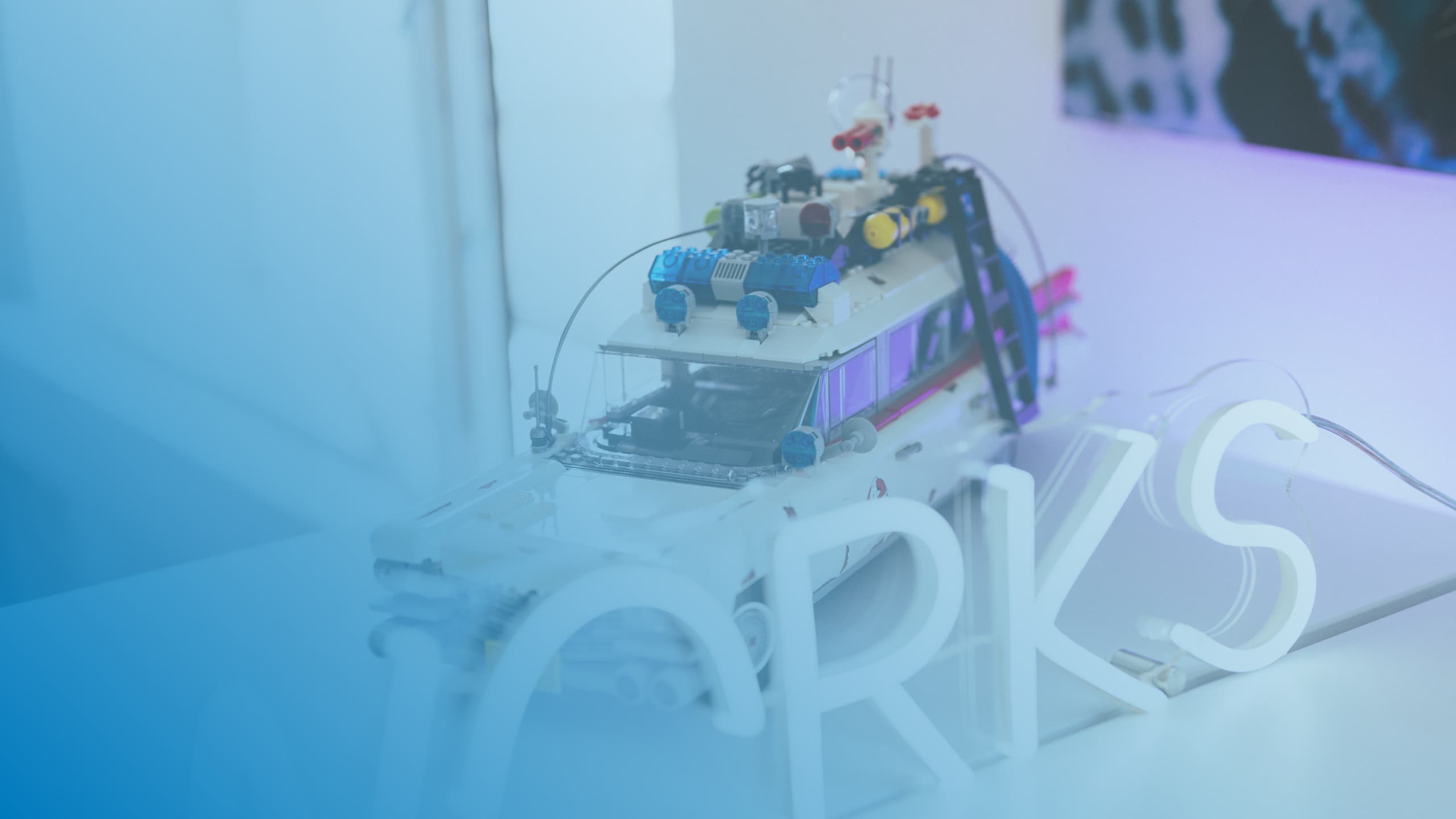With Green IT and Google Cloud to sustainability in all areas

Climate change, human impact and, on top of that, the energy crisis - companies are being called upon to act sustainably where possible. In addition to government agencies, more and more customers, investors, business partners and employees are demanding compliance with Environment, Social, Government (ESG) criteria. Companies are also prepared to do this. Increasing numbers are not only asking "How do I become climate neutral?". In general, too, sustainability as well as environmental impact are top of mind for executives, according to a survey for Google Cloud shows. Sixty-five percent said they want to drive sustainability efforts, but don't know how to do it. One important starting point: processes and IT.
In turn, a migration to the Google Cloud and the right approach can play out enormous strengths. By opting for it, companies automatically focus on sustainability. After all, the Google Cloud is one of the most sustainable in the industry. According to its own information, Google became climate-neutral in 2007. In addition, the company redesigned its data centers so that they are now among the most energy-efficient in the world. In 2017, Google became the first company of its size to offset 100 percent of its energy needs with renewable energy. Today, the company is the world's largest commercial user of renewable energy on an annual basis. The goal, he said, is to switch completely to carbon-free energy by 2030 and to use it everywhere around the clock. To achieve this, Google launched the 24/7 Carbon-Free Energy Compact in 2021 together with Sustainable Energy for All and the United Nations - to name a few milestones.
Green Cloud
Due to the high demand for raw materials for IT equipment and energy for operation, sustainability in IT or "greening of IT" is the top priority for many companies, according to an IDC survey in Germany, Austria and Switzerland. Half of the companies surveyed wanted to invest ten to 29 percent of their IT expenditure in sustainable IT - for example, in the purchase of energy-efficient equipment with a longer service life, recyclable IT equipment or software for calculatingCO2 emissions. In this context, more than two-thirds are using or planning to use cloud operating models for more sustainable business processes.
This is an effective approach. According to IDC, the current focus on sustainable hardware must be expanded to include software. The optimum lies in the interaction of both components. Cloud architectures enable precisely this and thus more efficient use of IT resources. Computing power, storage capacity and IT applications can be used as needed, and resources can be shared with other companies to avoid overcapacity.
Google is also taking an exemplary path in this respect that extends beyond the cloud: With the new Chrome OS Flex operating system, it explicitly enables the longer use of hardware.
Why cloud computing is the future
Another advantage is that users do not have to worry about operation or maintenance. This not only pays off in terms of economic sustainability, but also in terms of social sustainability. Users are freed from monotonous routine tasks. This cannot be emphasized strongly enough, especially in light of the shortage of skilled workers, including in IT, and the increasing stress levels. Without additional manual work, users can securely access the applications and information they need from anywhere at any time. They gain the freedom they desire.
Achieve improvements easily
However, there are still hurdles to overcome before this stage becomes a reality. According to IDC, many decision-makers are not clear how they can use modern technology to create transparency, visibility and traceability in particular, and measure the success of initiatives. Especially in Switzerland, many decision-makers do not know how to create transparency about processes and data. The lack of awareness of how technology can help is also most pronounced in this country. There is a lack of knowledge about the operational involvement of employees. Last but not least, resources are not being used effectively. "The potential of the cloud to improve sustainability can only be realized if access to cloud resources does not lead to more and more unnecessary applications being used and calculations being carried out," say the experts.
The good news is that companies can implement these learning steps quickly and easily with the help of Google Cloud Partners. The external specialists not only help with the selection and configuration of suitable tools and the migration of data to the cloud, but also implement the necessary linking of technologies, generated data and information as part of a holistic digitization and data strategy. They train employees, support them with questions and further develop the IT infrastructure together with those responsible in the respective companies. In this way, emerging requirements are also mapped securely and sustainably. In short: companies achieve Green IT and implement sustainability in all areas - environmental, governance as well as social. We are happy to be there for you.






